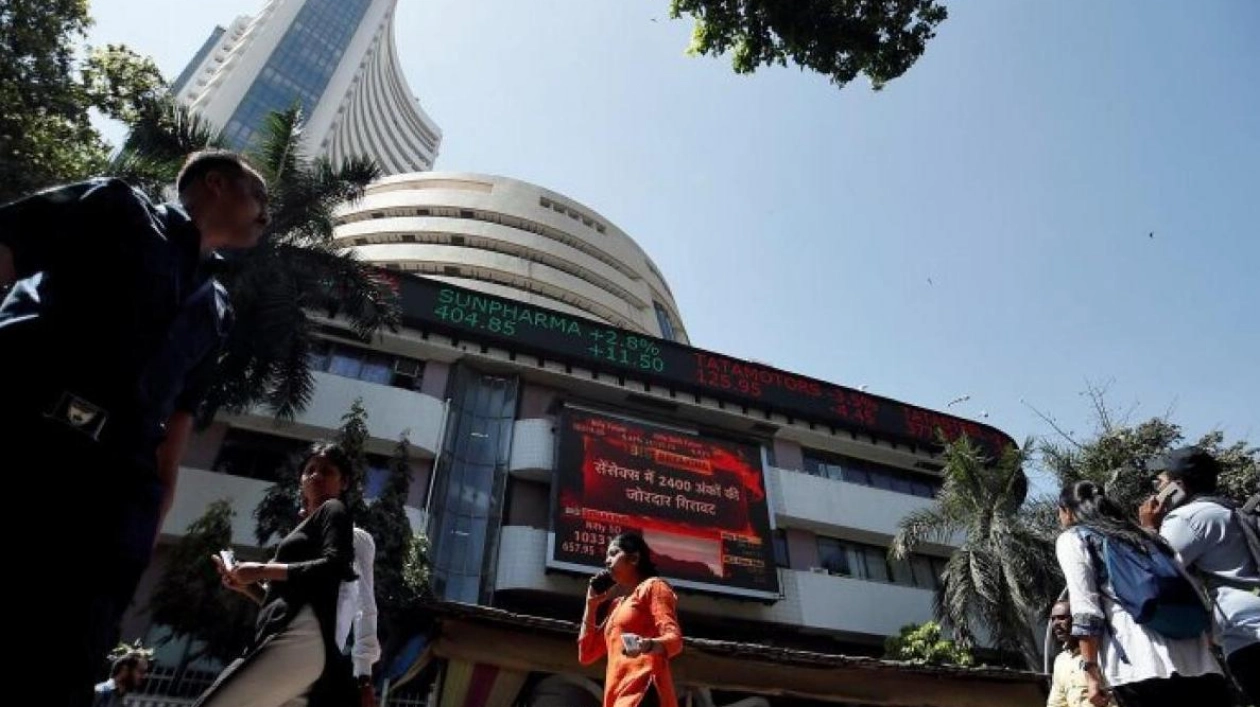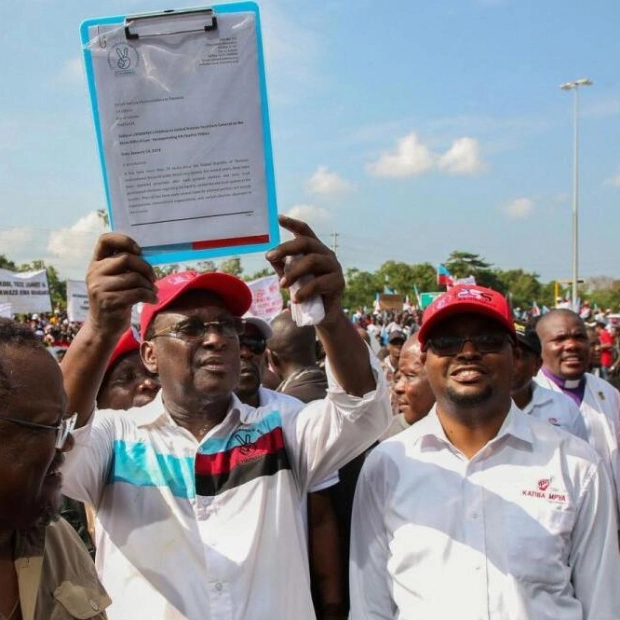On Monday, the Indian rupee experienced a decline, mirroring the performance of other Asian currencies, due to a decrease in expectations for policy easing by the U.S. Federal Reserve, which also led to a drop in dollar-rupee forward premiums. As of 09:50 a.m. IST, the rupee stood at 83.4925 (Dh22.75) against the U.S. dollar, marking a 0.1% decrease from its previous close at 83.3725 on Friday. This weakening was influenced by robust U.S. labor market data, which strengthened the dollar and U.S. bond yields, as the likelihood of a September rate cut dropped below 50%, as indicated by CME's FedWatch tool. The dollar index rose 0.2% to 105.3, continuing its upward trend from Friday, while the Korean won suffered the most among Asian currencies, falling by 0.9%. A foreign exchange salesperson at a major private bank predicted that the dollar-rupee pair would remain 'overall biddish' due to reduced expectations for rate cuts, with the trading range expected to be between 83.35-83.60. Additionally, dollar-rupee far forward premiums decreased, with the 1-year implied yield dropping 3 basis points to 1.58%, its lowest point in over two months, influenced by an increase in U.S. bond yields. The 1-year U.S. Treasury yield rose to 5.20% in Asia trading hours, following a 9 basis points increase on Friday. Lloyd Chan, senior currency analyst at MUFG Bank, warned that Asian currencies could experience volatility due to the rise in U.S. yields. In the meantime, India's benchmark equity indexes, the BSE Sensex and Nifty 50, reached new highs in early trading but later moderated to trade nearly unchanged for the day. The upcoming week will focus on domestic and U.S. inflation data, as well as the Fed's policy decision scheduled for Wednesday. With the U.S. central bank anticipated to maintain rates steady, market participants will closely monitor Chair Jerome Powell's statements and any changes to the interest rate dot plot.

Text: Lara Palmer
11.06.2024
Asian Currencies Falter as U.S. Rate Cut Hopes Dim, Dollar-Rupee Forward Premiums Decline





